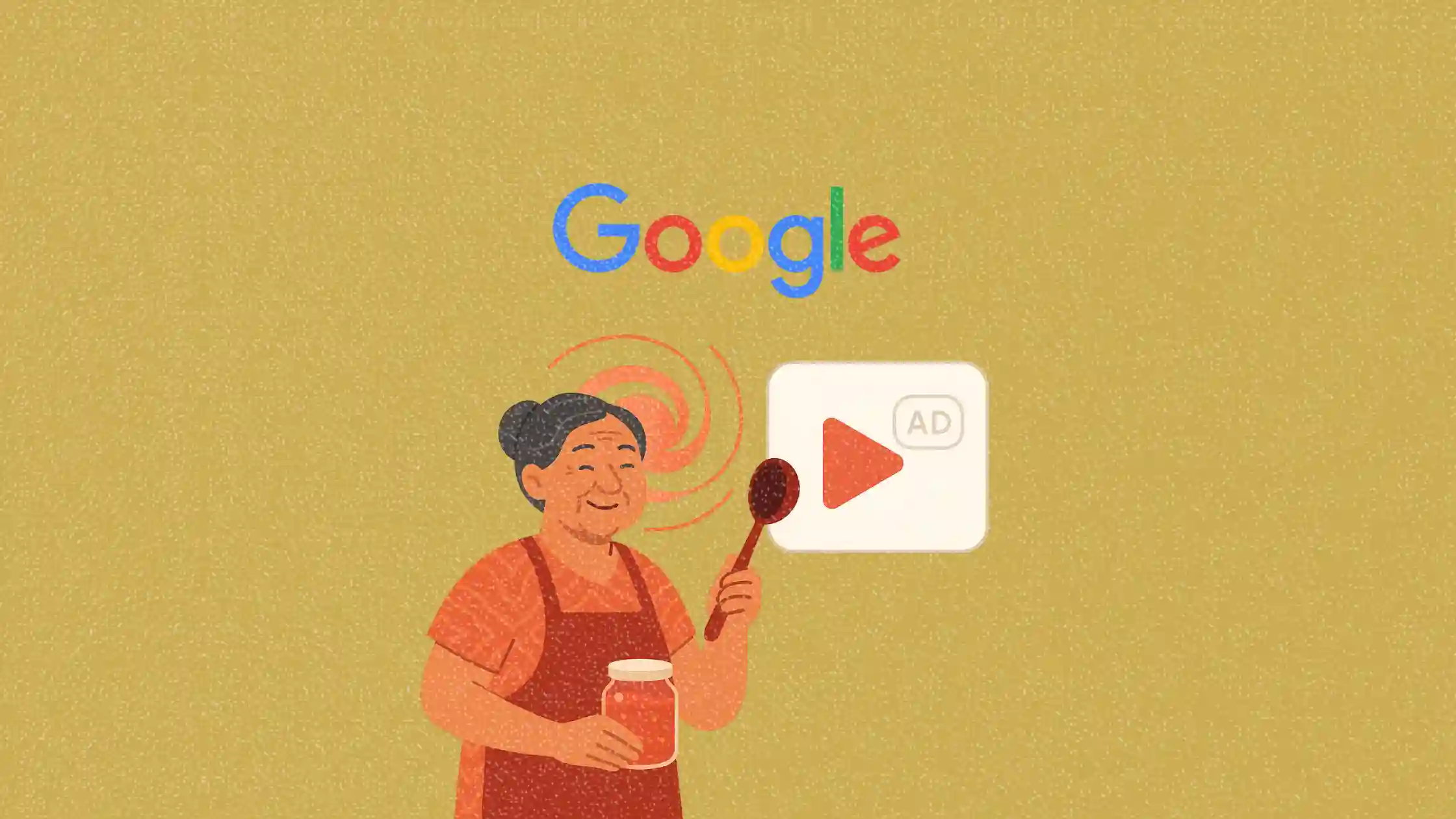Google taps Aunty M to make B2B ads fun again in Southeast Asia
Google Southeast Asia launches its first YouTube creator series to simplify digital ads for entrepreneurs—through comedy.

B2B marketing just got a lot less boring in Southeast Asia—thanks to a fiery sambal seller named Aunty M.
Google Southeast Asia has launched Marketing Unfiltered with Aunty M, its first creator-led YouTube series aimed at demystifying its advertising tools. The campaign leans on comedy, cultural insight, and character storytelling to connect with marketers and small business owners across the region.
This article explores how Google is rethinking B2B content with its Aunty M series—and what it means for marketers navigating ad platforms in a fragmented digital economy.
Short on time?
Here’s a table of contents for quick access:
- What is Marketing Unfiltered with Aunty M?
- Why Google is changing how it talks to marketers
- What marketers should know about this shift
- What this means for regional content strategy

What is Marketing Unfiltered with Aunty M?
The new YouTube series features Singaporean creator Annette Lee as her popular alter ego Aunty M—a no-nonsense, straight-talking entrepreneur trying to make sense of digital advertising while promoting her sambal belacan business.
Across episodes, Aunty M travels the region, speaking with marketing pros to understand how tools like Google Ads and YouTube ads can help SMEs grow. The content is distributed across Google’s YouTube channels in Singapore, Indonesia, Thailand, Vietnam, and the Philippines, and is backed by paid social campaigns.
More than a product explainer, the series is part educational content, part sketch comedy, built for cultural resonance across Southeast Asia’s entrepreneurial communities.
Why Google is changing how it talks to marketers
According to Google’s Group Marketing Creative Manager, Samit Malkani, traditional B2B content wasn’t cutting it anymore.
“Marketers don’t need more boring B2B content,” Malkani said. “Our products are constantly evolving, so it was time our storytelling did too. This series lets us speak to marketers and entrepreneurs on their terms, in ways that feel accessible, local, and culturally relevant.”
The series takes cues from late-night TV formats—mixing full-length interviews with mid-form storylines and short clips to reach audiences across formats and attention spans.
The creative comes from The Carrot Collective, with strategic input from VIRTUE Asia. Together, they’ve built a narrative universe around Aunty M that blends product utility with regional flavor.
What marketers should know
This campaign reflects broader shifts in B2B and SME-focused marketing—especially in Southeast Asia’s mobile-first, creator-driven digital landscape. Here’s what stands out:
1. B2B doesn’t have to be boring
The campaign shows that even technical products like ad platforms can be made engaging if the delivery is right. Comedy, character arcs, and cultural hooks are proving more effective than white papers or webinars.
2. Creator-led content builds trust
By casting a well-known personality like Annette Lee—who’s built credibility through comedy and relatability—Google gains a powerful bridge between its tools and the everyday entrepreneur. It’s a smart move in markets where trust in large platforms varies.
3. Localization matters
Every market in Southeast Asia comes with distinct linguistic, cultural, and entrepreneurial nuances. By building local relevance into the series and distributing regionally, Google acknowledges the limits of a one-size-fits-all approach.
4. Content format is strategic
Google’s format stack—long-form, mid-form, and short-form—signals a growing recognition that content consumption is fragmented. Brands aiming for attention and depth need to meet audiences where they are.
What this means for regional content strategy
Google isn’t the only brand mixing humor and education. Samsung Singapore’s 2024 Galaxy AI campaign took a similar tack, using local comedy icons to explain new features through relatable sketches. These efforts suggest a trend: brands in Southeast Asia are increasingly willing to trade polished, corporate content for creator-led storytelling that feels local and real.
As platforms become more complex and audiences harder to reach, culturally fluent, character-driven formats might be what B2B marketers need to finally earn attention—and keep it.




